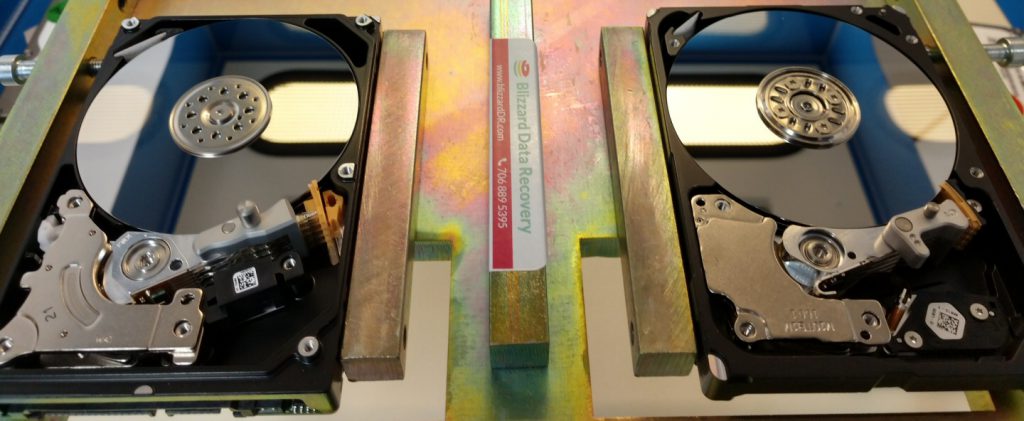While many predicted we would see the death of the hard disk drive by now, we keep seeing innovation from both Seagate and Western Digital. Let’s explore some interesting details you might not know. The number of bits that are stored in a specific area on a platter/disk is measured in terms of areal density, and both WD and Seagate now use shingled magnetic recording (SMR) technology to cram more bits in the same space by partially overlapping the areas where data is written. With SMR tech, you could theoretically compromise performance for capacity, but both companies have managed to limit the trade off with optimized firmware designs. Read more about WD SMR drives.
As prices for moderate capacity solid state drives (SSD) now approach that of lower capacity disk drives, we can see more and more laptop offerings with SSD devices, but there is still a large consumer market for high capacity devices for portable and backup storage. Western Digital has a 4TB model* in a 2.5″ package, and Seagate has both 4TB and 5TB models for portable storage. These spinning disk devices have 5 platters and 10 heads in a thicker chassis than a typical 2.5″ drive, so they don’t fit in a laptop, but they still fit in your hand and don’t take up much space when you are on the go and need storage capacity.
For drives in a 3.5″ form factor, there are 8, 10, 12, and even 14 terabyte (TB) models. HGST has even developed a 10TB disk drive that doesn’t use SMR technology!
There has also been innovation in lower capacity disk drives. You can buy a single platter 1TB 7mm slim laptop hard drive from both Seagate and WD. These same models are also being used in 1TB portable USB drives, making them thinner and lighter. The market still exists and continues to thrive because the cost per terabyte for mechanical storage is still considerably lower than comparable SSD devices.
So it looks like the spinning disk drive storage is going to be around for some time to come. With these high capacity devices, you have even more to lose, so don’t forget to backup your important data. In my opinion, drive manufacturers don’t do enough to educate the consumer. By selling spinning disk devices as portable and not warning about how delicate these devices are, they are leaving many people at risk for losing valuable information and memories. We are doing our best to provide affordable data recovery, but your best option is a good backup, or two, or three. Remember, not every broken or failed disk drive can be fixed or recovered. Why do disk drives fail?
If you think spinning disks will be dead in the next 1, 2, 5 years, let us know your thoughts in the comments section below.
*WD added a 5TB model after this article was originally posted.